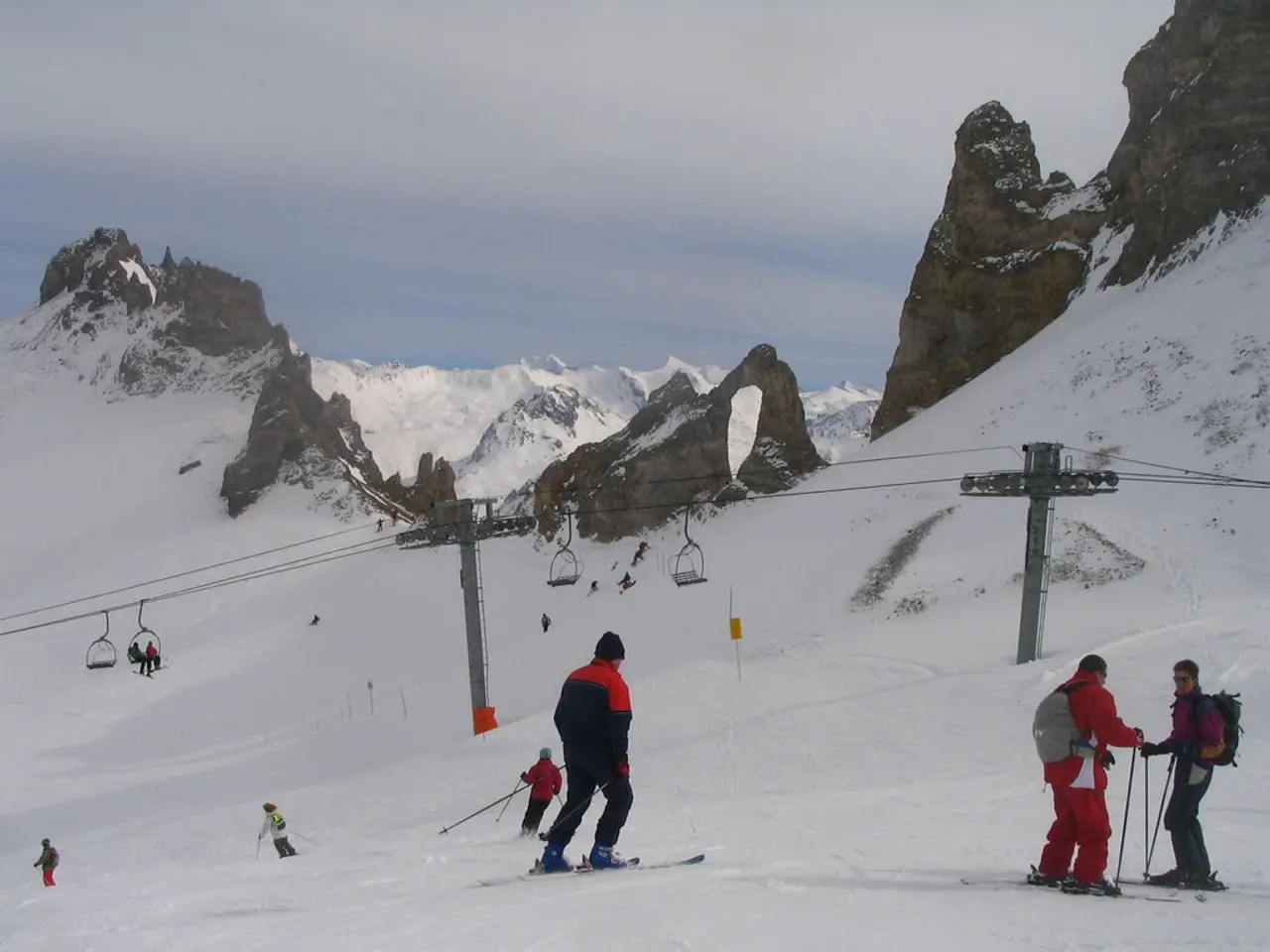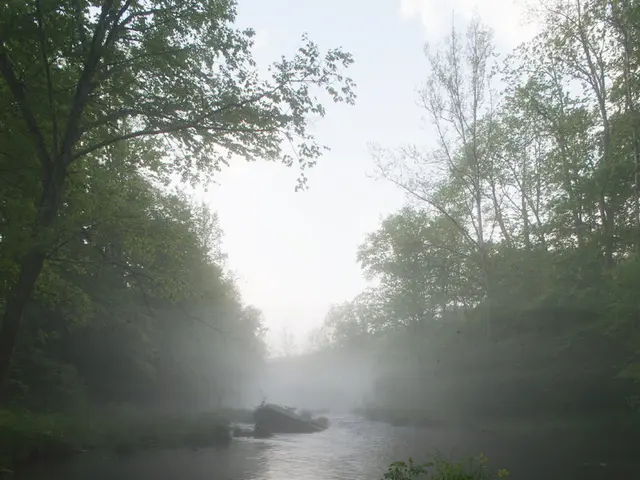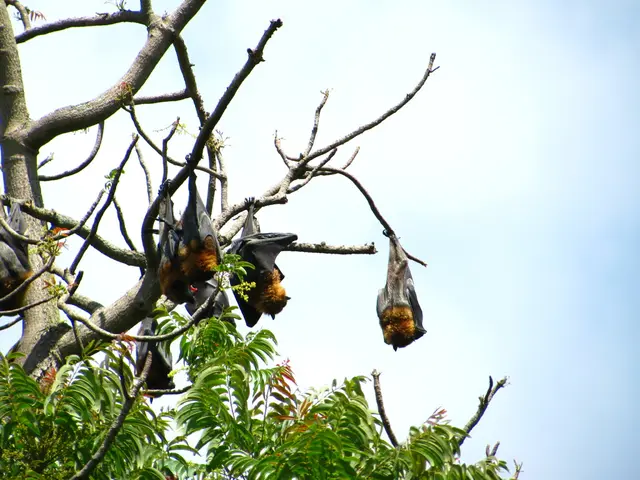First-Ever Study Reveals Secrets of Glacier Calving
Scientists have, for the first time, closely studied the calving process of glaciers, using a fibre-optic cable on the seafloor. The research, published in Nature, could improve predictions of iceberg calving and its impact on sea level rise and global climate.
The cable was deployed near the Eqalorutsit Kangilliit Sermiat glacier in South Greenland. Over three weeks, it captured over 56,000 iceberg detachments, providing a detailed record of the calving process. This includes the formation of cracks in glacial ice, underwater waves, local tsunamis, internal gravity waves, and iceberg disintegration. The data collected can enhance glacial calving models, potentially helping predict when icebergs will break off.
Glaciers in Greenland meet the sea in narrow fjords, with ice cliffs towering hundreds of metres high. Small, bus-sized chunks of ice regularly break off, and occasionally, stadium-sized icebergs calve into the water. This calving process significantly influences sea level rise and global climate, but much about it remains unknown.
The study, led by Dominik Graeff of the University of Washington, sheds new light on the complex calving process. The data collected could improve predictions of iceberg calving, helping communities prepare for potential hazards and contributing to a better understanding of global climate change.
Read also:
- Boston Metal pioneers route to commercial production for eco-friendly steel method
- United States Secures $632 Million to Fuel Electric Vehicle Revolution
- Clean energy companies HyFlux and AMRC secure financing from ATI for game-changing advancements in aeroplane cooling systems linked to clean aviation.
- DKSH Upgrades Distribution Operations Through Significant Technological Renovation








